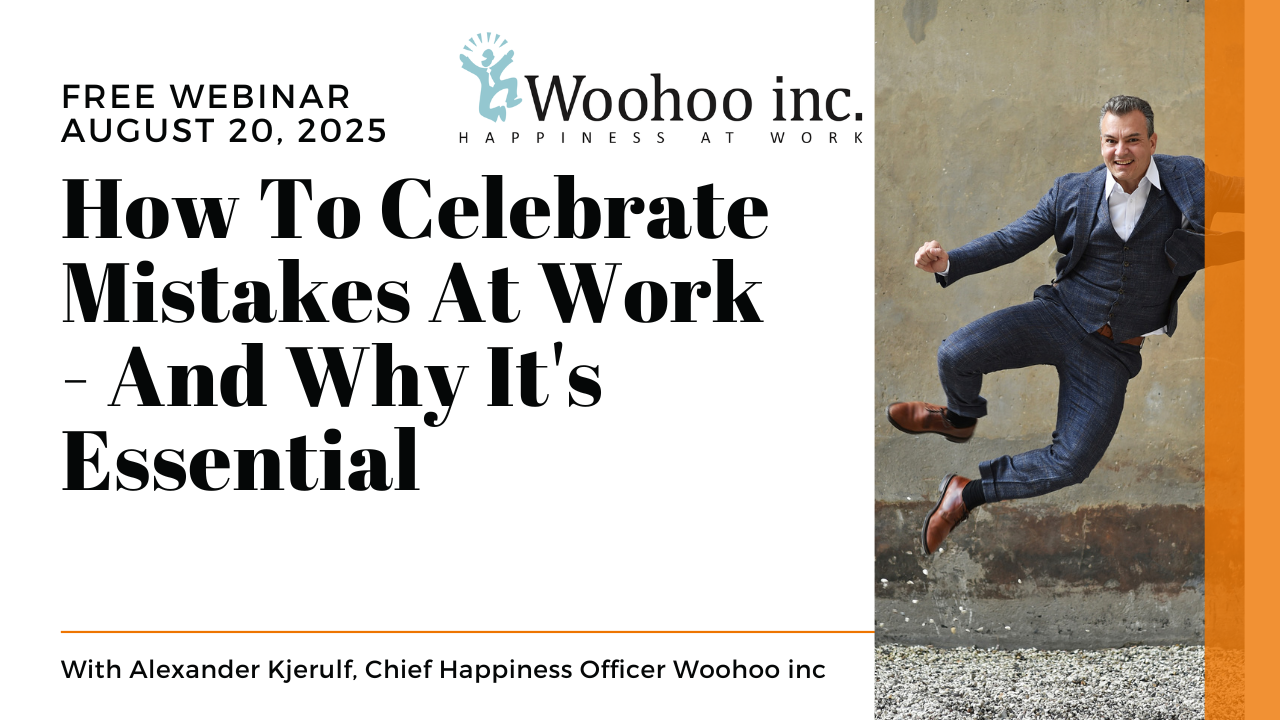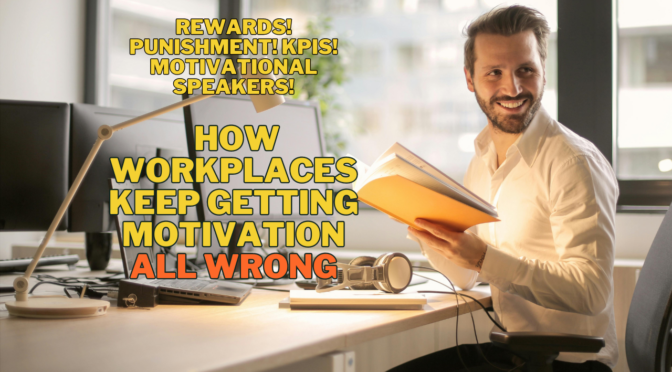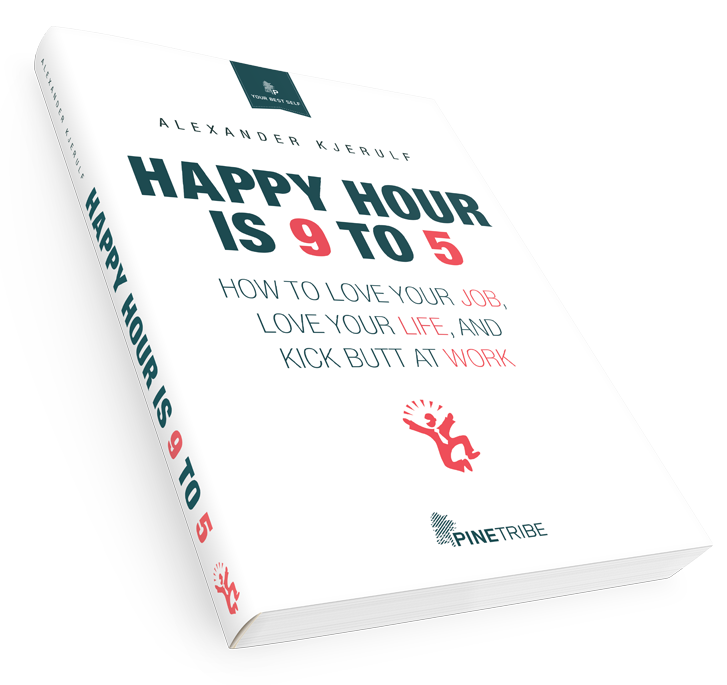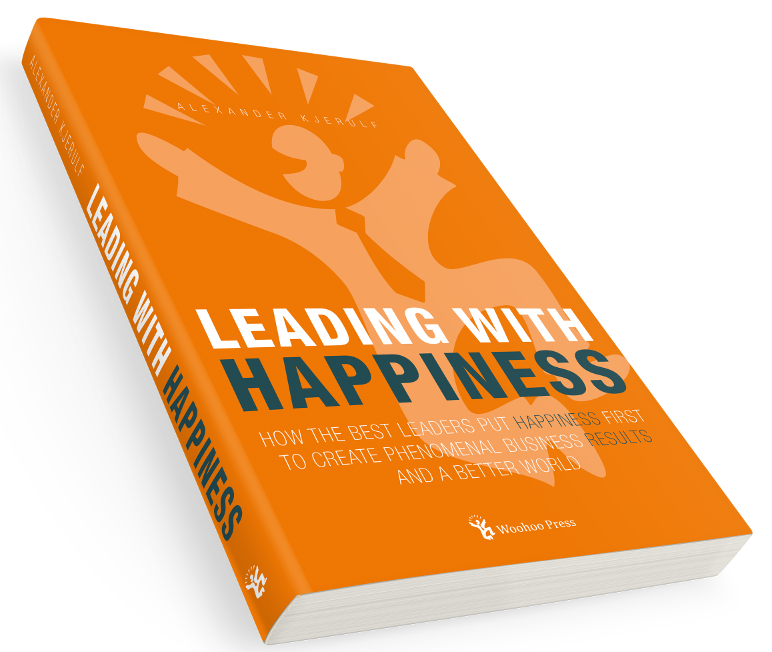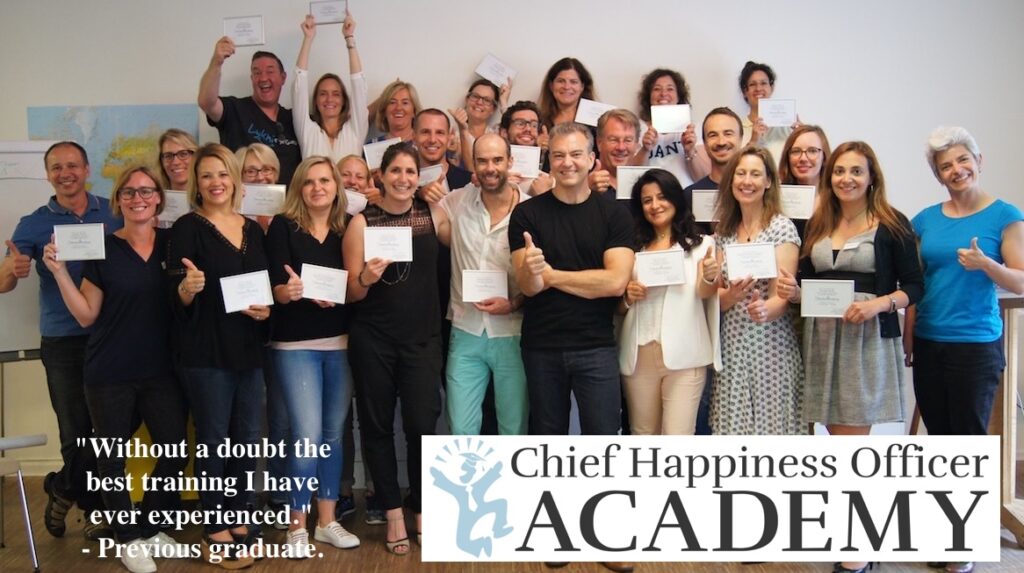Ron Avitzur was working on a project at Apple, when the project was cancelled and he was fired in 1993. What does a real geek do facing unemployment and the terrible notion of having worked on a project for a year only to see it go to waste? Well, a real geek keeps sneaking into the building, working for free, enlisting various other people and ends up creating a piece of woftware that ships on 20 mio. Apple computers. Here’s Ron’s summation:
I view the events as an experiment in subverting power structures. I had none of the traditional power over others that is inherent to the structure of corporations and bureaucracies. I had neither budget nor headcount. I answered to no one, and no one had to do anything I asked. Dozens of people collaborated spontaneously, motivated by loyalty, friendship, or the love of craftsmanship. We were hackers, creating something for the sheer joy of making it work.
It’s the wonderful, funny story of Ron’s illicit work for free for Apple, of his many scrapes with bureaucracy and security and not least of the generosity of all the people who decided to help, and it demonstrates once and for all that salary isn’t the motivator we think it is. Read the whole story here.
